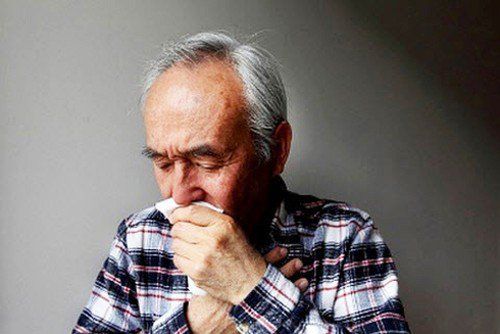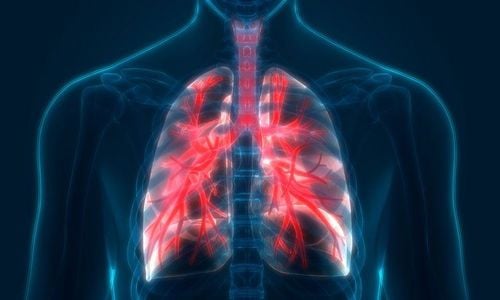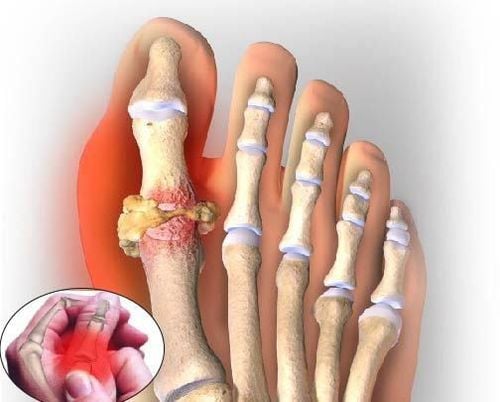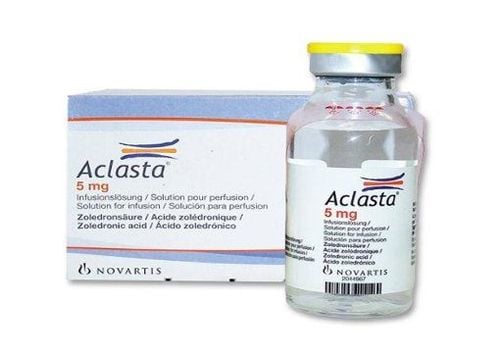This is an automatically translated article.
The article was written by Specialist Doctor I Vo Khac Khoi Nguyen - Department of General Surgery - Vinmec Central Park International General Hospital.
Falls in the elderly are an important global health problem. Falls are associated with increased mortality, morbidity, reduced mobility, and decreased quality of life. There are many risk factors for falls in the elderly.
In which, the most important is due to the decline in physical health due to aging, accompanied by chronic diseases. Studies have shown that the elderly are more likely to have chronic diseases, and this increases the risk of falling more.
1. Falls: Dangerous events in the elderly
World population is aging rapidly. The number of people over the age of 65 is expected to increase from 524 million in 2010 to nearly 1.5 billion by 2050. A rapidly aging population is a challenging issue for the health care system. One-third of people over the age of 65 fall at least once a year, and the number of falls per year increases with age and frailty.

Fear of falling can increase after a fall event even after an uninjured fall. The fear of falling negatively affects the psyche of the elderly, reducing mobility, which leads to decreased function. That increases the need for help with daily activities in the elderly.
Falls in the elderly have the potential to cause death and medical costs. Fall-related deaths among older adults in the United States have increased from 43 parts per million (2005) to 62 parts per million (2016). The cost of health services related to falls is predicted to exceed $50 billion by 2020 as the population ages.
Evidence suggests that an estimated 90% of hip fractures are caused by falls, resulting in limited personal mobility. Approximately 2.8 million older adults use emergency services each year due to unintentional falls, and more than 8 million older patients are hospitalized with fall injuries.
2. Chronic illness: the leading risk factor for falls
Several chronic diseases have been identified that increase the incidence of falls, including Parkinson's disease, heart failure, cognitive decline, diabetes, arthritis, depression, and chronic kidney disease.In addition, the elderly also often have osteoporosis, increasing the risk of fracture when falling. Over time, the older people get, the more chronic diseases people develop. A link has been found between a history of falls and the amount of illness and deterioration in health status. Accordingly, the number of falls increases with the number of diseases present.

The rate of falls in the elderly living in the community is strongly related to the presence of chronic disease. The rate of falls is significantly higher in people with chronic conditions than in those without.
All chronic diseases alone increase the rate of falls. Importantly, both the amount and type of chronic illness play a role in fall events. For the number of diseases, the rate of falls increases linearly with the number of chronic diseases present, meaning that the more chronic diseases a person has, the more likely they are to fall. For the chronic disease category, when looking at combinations of chronic diseases, the researchers found that two groups of patients had an increased risk of falling compared with other diseases: hypertension and chronic obstructive pulmonary disease (COPD). COPD).
With regard to hypertension, there are several potential risks of falls in the elderly related to both the medical condition and the side effects of medication.
Accordingly, episodes of hypertension or postural hypotension can both cause falls. Elderly individuals with uncontrolled hypertension and orthostatic hypotension are 2.5 times more likely to have recurrent falls than those without orthostatic hypotension.
People with chronic obstructive pulmonary disease (COPD) also have an increased rate of falls. COPD causes physiological dysfunction that indirectly increases the risk of falls, such as impaired postural control. The specific mechanisms by which COPD induces falls are not fully understood, but musculoskeletal dysfunction and cerebral hypoxia have been implicated as contributing factors in the promotion of falls.

Chronic disease has a complex impact on the body and is an important risk factor for falls in the elderly. In the management of these health problems, clinicians may consider hypertension, chronic obstructive pulmonary disease (COPD), and other comorbid chronic diseases as “red flags” for risk of falling.
In the context of a rapidly aging world population, it is important to identify that the management of chronic diseases and the prevention of falls are two closely related goals in health care in the elderly. .
Vinmec International General Hospital is one of the hospitals that not only ensures professional quality with a team of leading medical doctors, a system of modern equipment and technology. The hospital provides comprehensive and professional medical examination, consultation and treatment services, with a civilized, polite, safe and sterile medical examination and treatment space.
Please dial HOTLINE for more information or register for an appointment HERE. Download MyVinmec app to make appointments faster and to manage your bookings easily.














